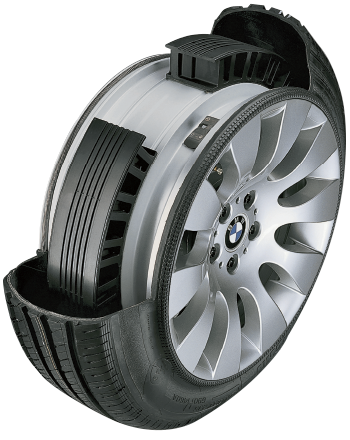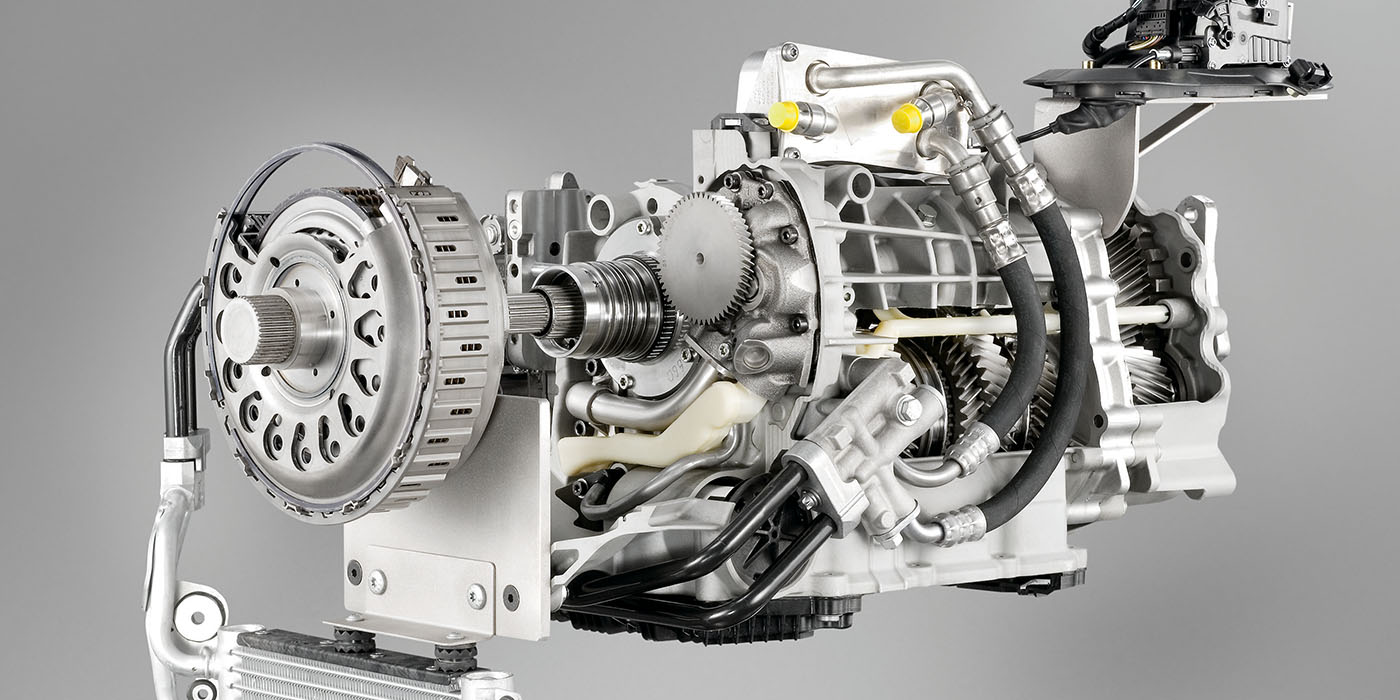BMW has offered Tire Pressure Monitoring Systems (TPMS) on most of its vehicles since 2002. Some 2002 and 2003 models have an indirect system called Flat Tire Monitor (FTM) that compares the inputs of the wheel speed sensors to detect a flat tire. These early indirect and direct systems were implemented not to meet the 2007 government mandate, but rather to inform the driver when a run-flat tire was deflated.
The direct systems use sensors mounted in the valve stems and have a lifespan of six to 10 years of battery life depending on the drive cycles. Inside the wheel wells are the antenna and transponder for the sensor. There are two types of antenna/ transponders. The most common transponder is about six-by-one-inch long, the other type looks like a large match box. The antenna/transponder units connect to a control unit that is mounted in the dash or trunk. This unit connects to the vehicle through the CAN bus.
If you are to take one thing away from this article, it is this: The owner’s manual has all of the TPMS reset procedures for that specific vehicle. When faced with servicing one of these systems, it important not to panic. If the vehicle has a full-size spare tire like on some of the X Series SUVs, it is equipped with a sensor. On some of these models, the valve stem needs to be mounted in a certain direction in the wheel well. On some models, the pressure can be monitored only when it is mounted. Temporary spares do not have a wheel sensor. If a temporary spare is mounted at any wheel position, the TPMS system will become “inactive” after several minutes.
Some early systems automatically adjust and recommend pressure settings based on changes in ambient air temperature. If the temperature is significantly cooler than the original initialization temperature for 14 days, the system will display an “Autumn Warning” light, to prompt the driver to recheck and inflate the tires because of cold weather. This feature was dropped on most systems after the 2009 model year.
Scan tools or TPMS-specific tools are not required to reset the system after rotation or sensor replacement. The resetting of sensors on all models can be performed through a button on the dash, turn signal stalk or the iDrive interface. But, if the system has a malfunction code, a scan tool with the right software can help you pinpoint the problem.
Some BMW models require the use of the iDrive system to reset the TPMS system. The knob is like a computer mouse that is used to highlight menus and icons on the screen. Once an item is selected, just press down on the wheel to activate it.















